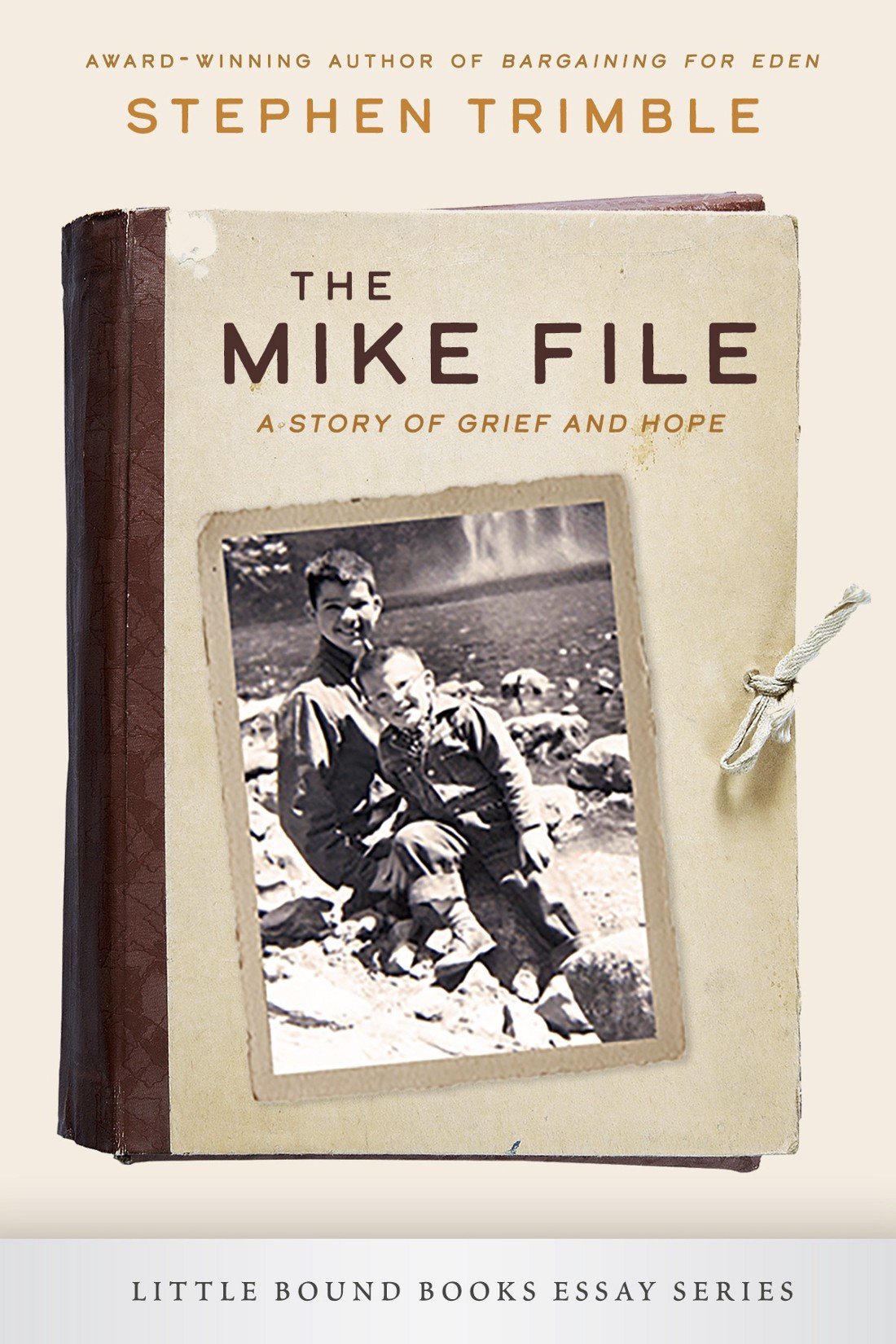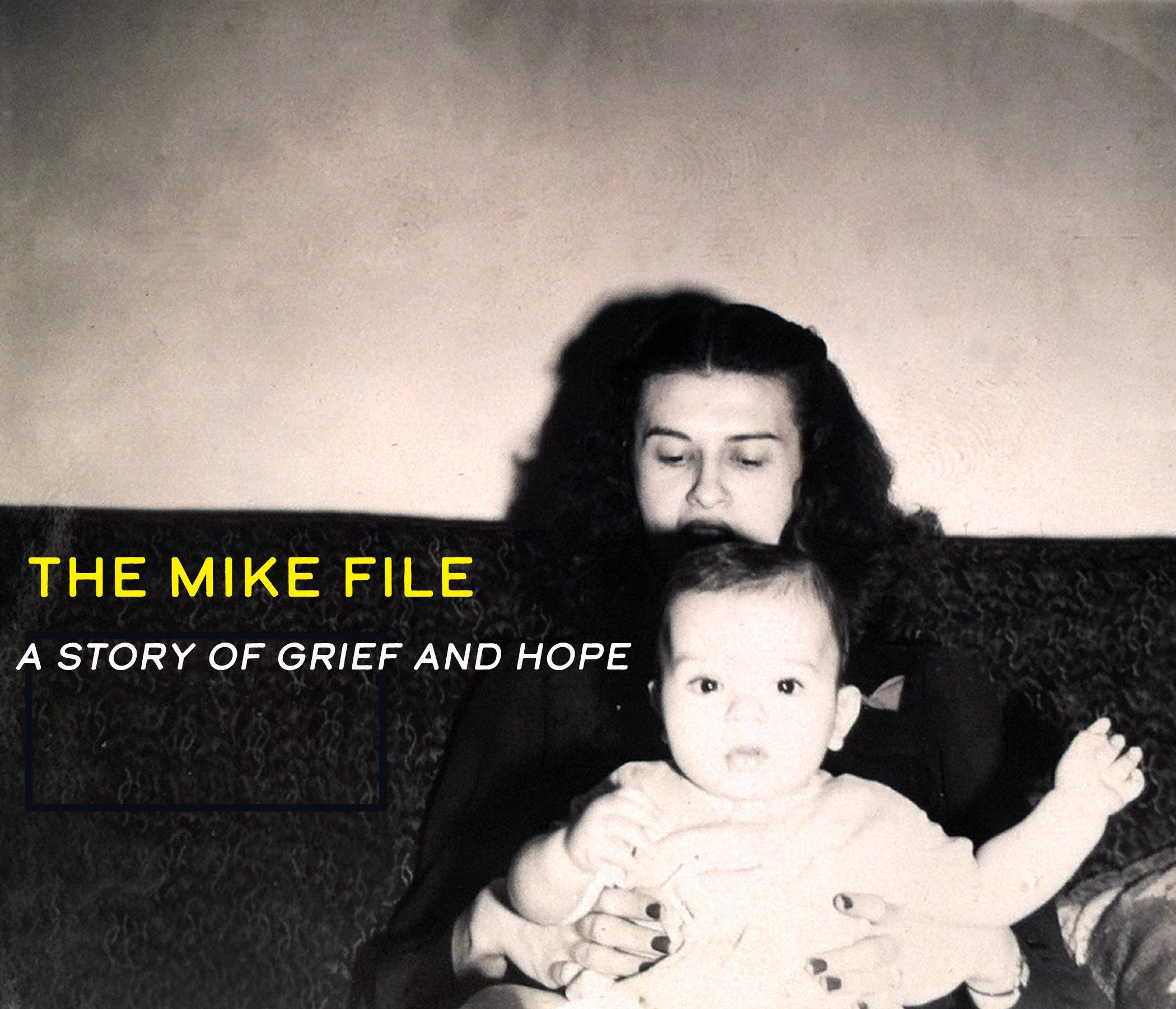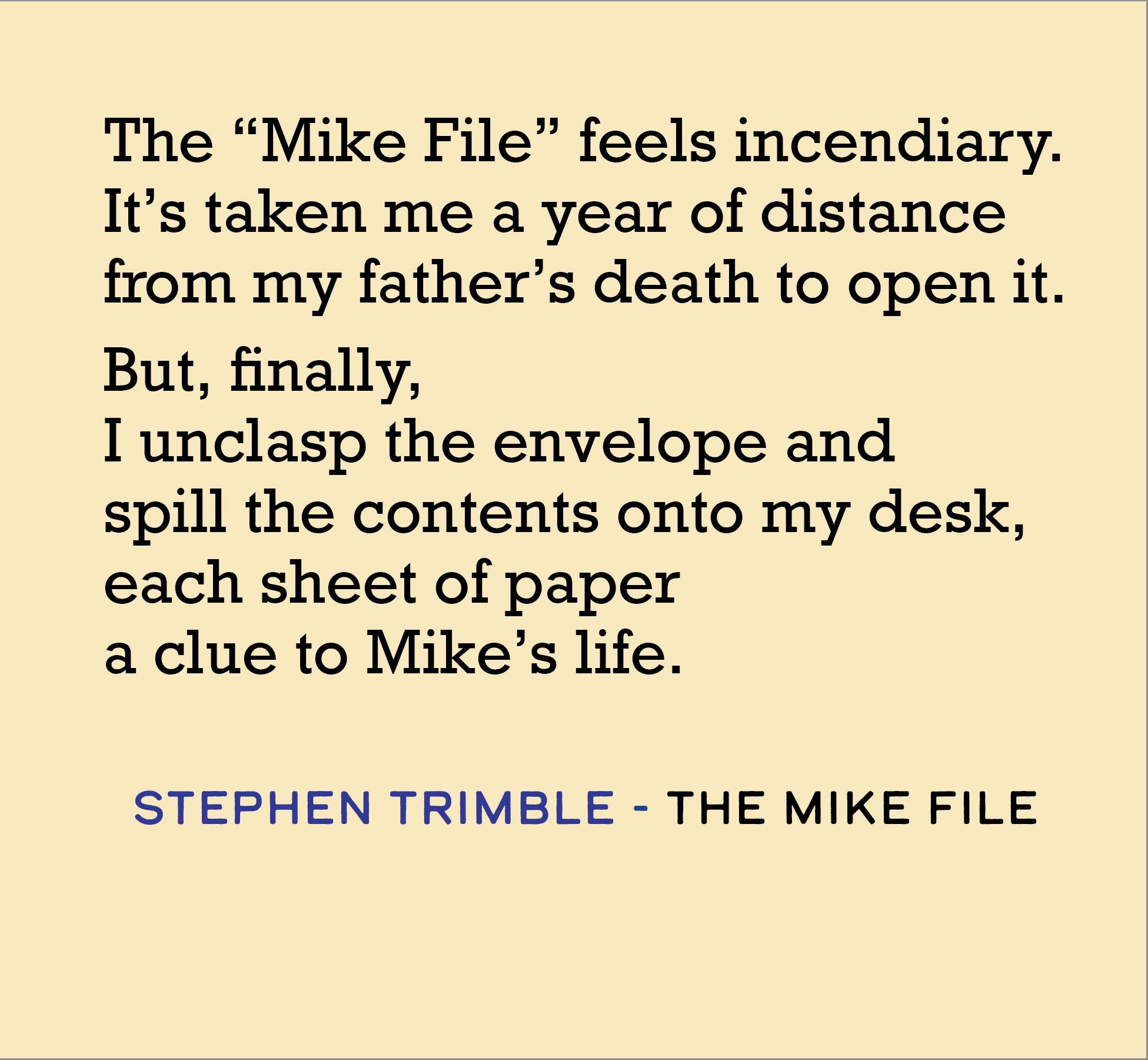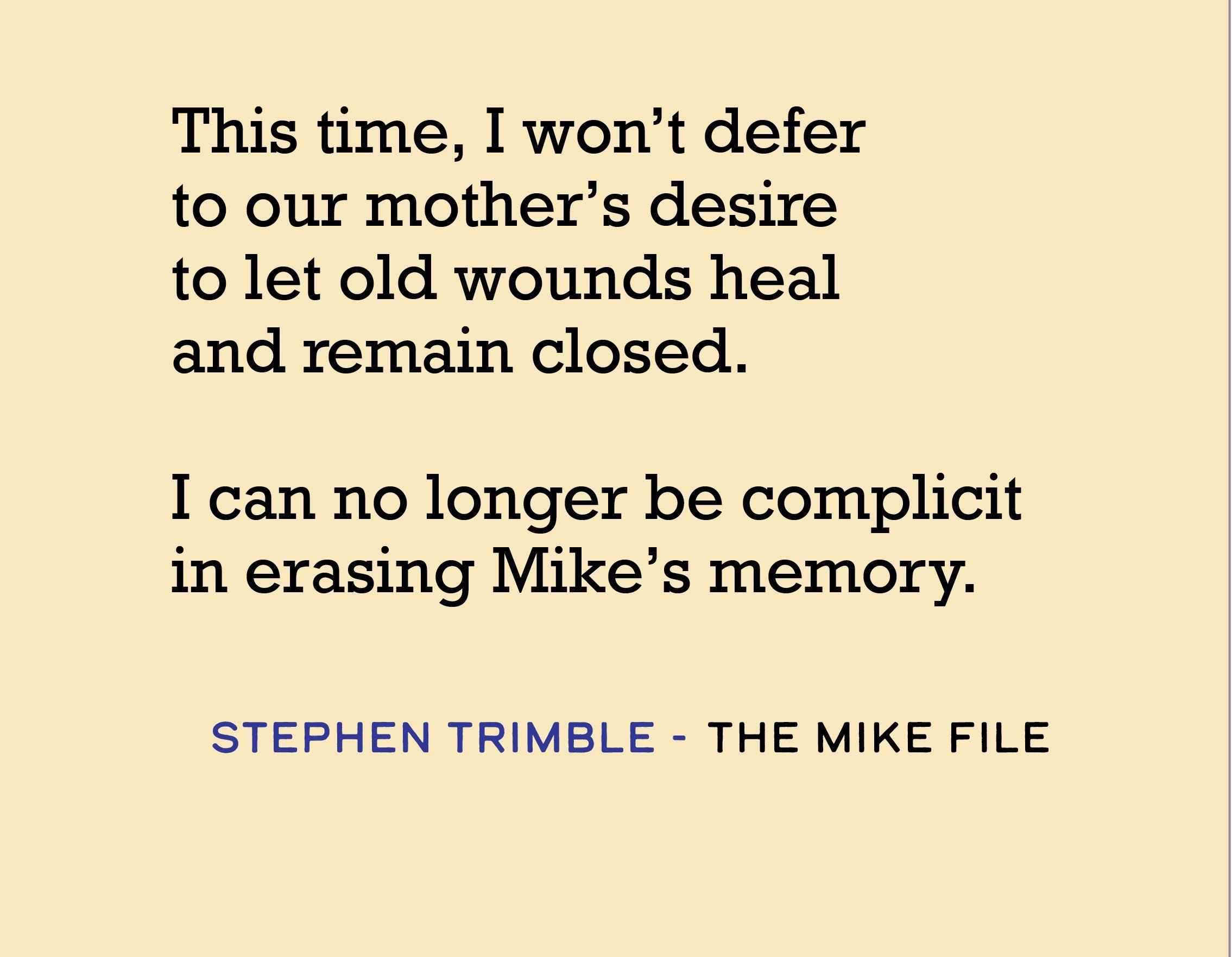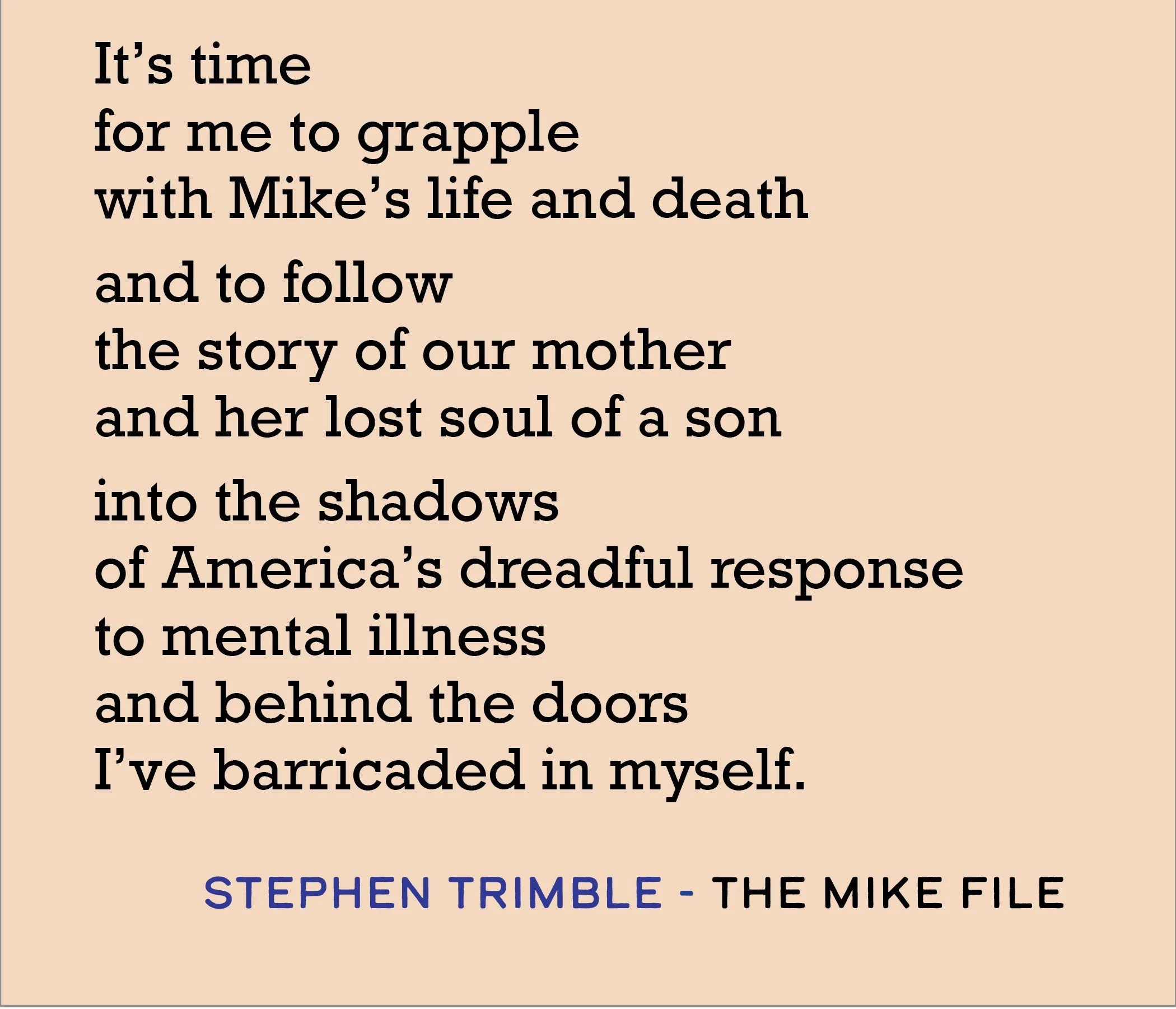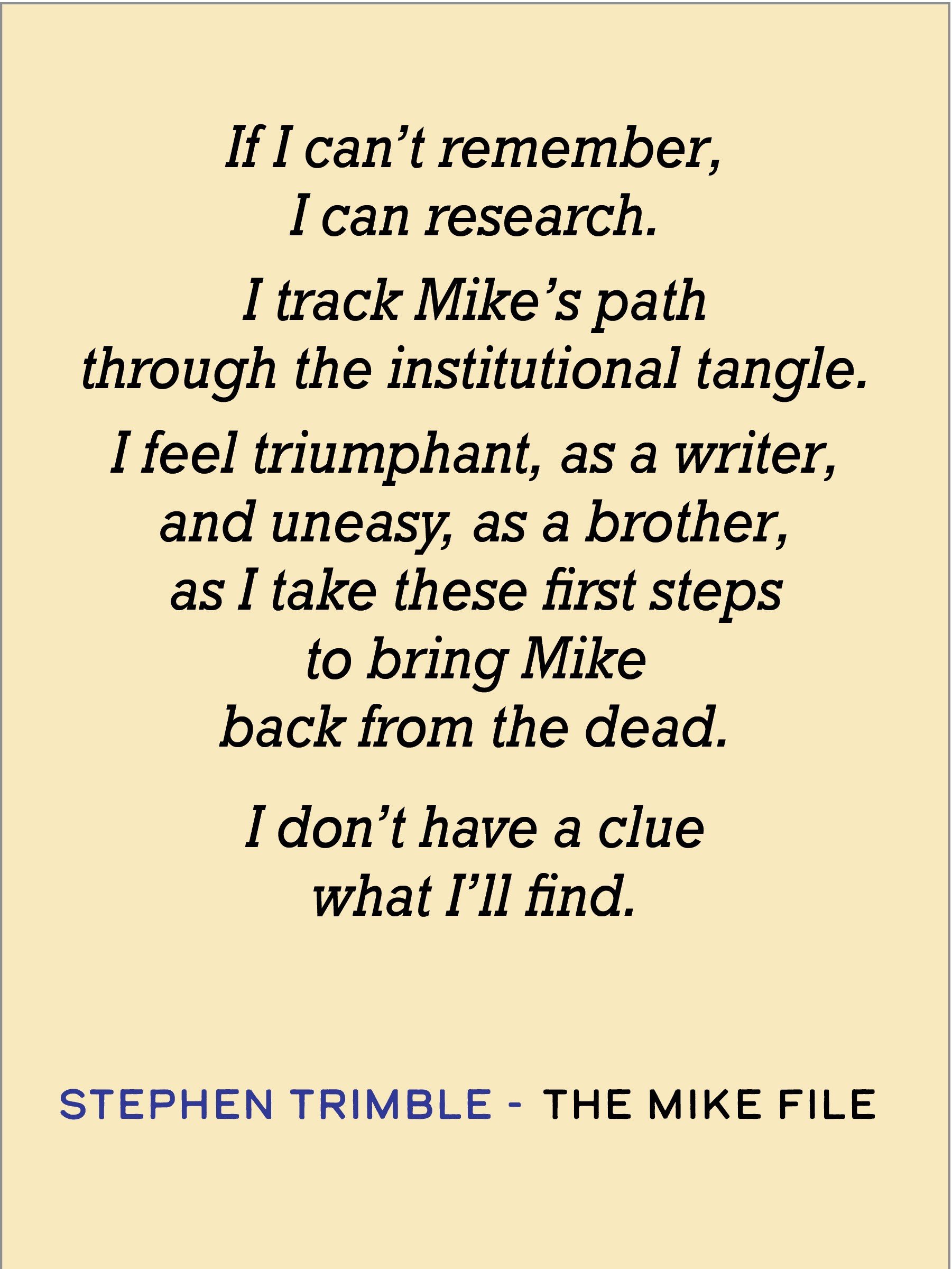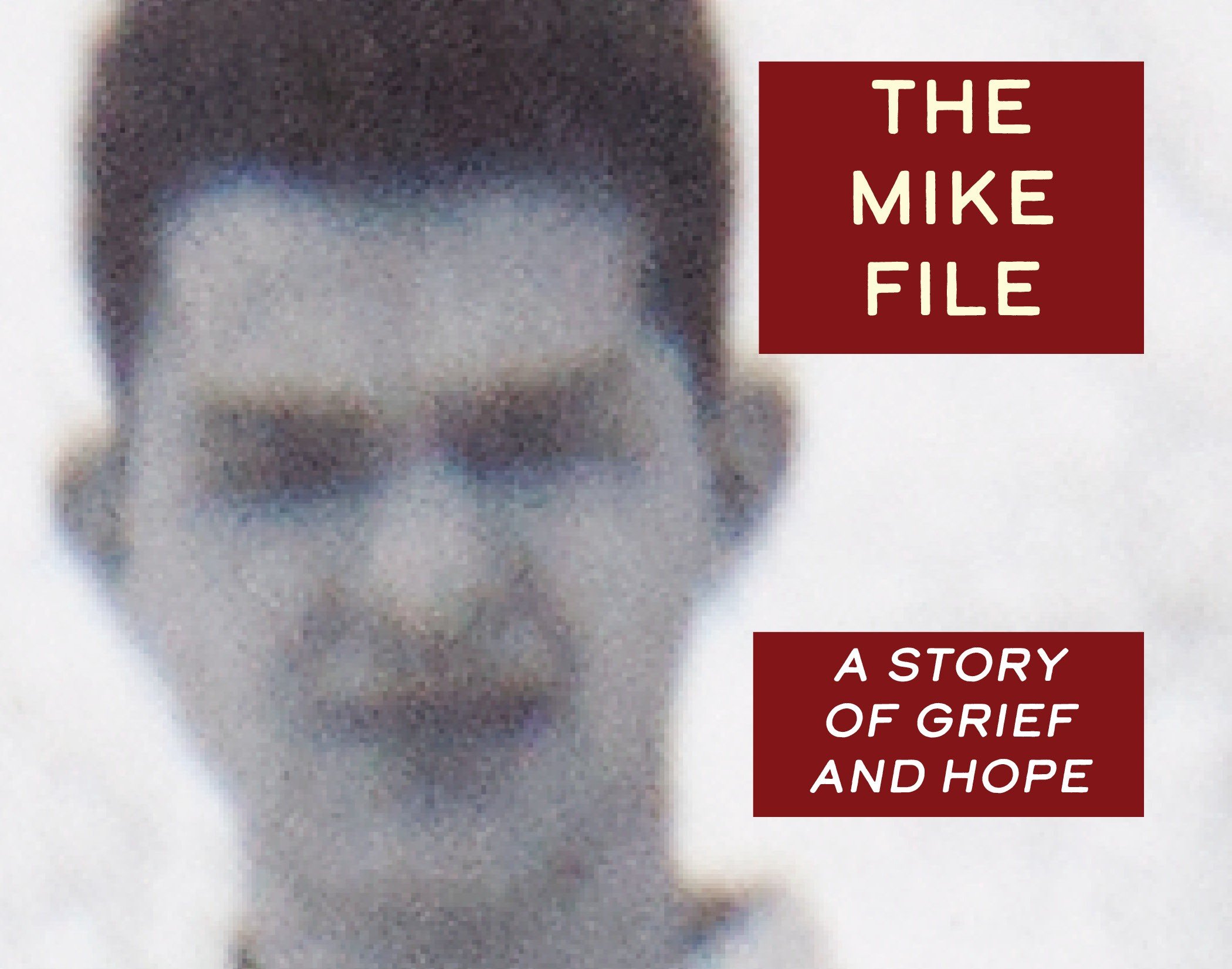THE MIKE FILE — in pictures
After nine years of research, writing, reflection, and rewriting, my book about my brother, Mike, arrived on your bookshelf in September 2021. You can order it here.
I’ve posted quotes and graphics on social media to lead you into the story of my stormcloud of a brother and his impact on our family — and me. I’m collecting all of these posts here, a condensed graphic version of the book.
I waited a long time to grapple with Mike’s story. Finally, I’m ready.
In writing this memoir, I’ve set out to reach beyond our family mantra: “I had an older brother — a half-brother — who left home when I was six. He was diagnosed sequentially as retarded, schizophrenic, and epileptic. He died years ago.”
This is my quest to claim empathy, my memorial to a forgotten life, my journey toward self-knowledge. My refusal to let my mother’s pain and disinclination to talk about her grief render Mike’s life invisible.
Mike was eight years older than me, a sweet kid, diagnosed as “mildly retarded.” But in 1957, rage and psychosis overwhelmed him and threatened our family. His new diagnosis: paranoid schizophrenia, capable of violence. Our parents had no choice but to commit Mike to the Colorado State Hospital. I was six. Mike was 14. He never lived at home again.
Mike is Isabelle’s son from her brief-disaster-of-a-first-marriage. She left the marriage after only one year, when Mike was just a few months old. Mom married my dad five years later, and I came along two years later.
Isabelle ripped the pictures of her first husband from Mike’s baby book. And I knew no more of that mysterious biological father than his name — Morey Sher — when I started this project. But I wanted to know who my mother was when she married this man and so soon afterwards came away with Mike when she was only 20.
I’ve blocked most of my memories of living with Mike. Even the good ones. I do remember Mike having two surgeries for flat feet, surgery rarely done today. Our parents, Don and Isabelle, had made the decision to “fix what was fixable.” Immobilized for months in full-leg casts, Mike had to navigate the world on crutches His crutches and casts unnerved me, and I drew them into this first-grade picture of “My Family.”
My brother’s story has always unsettled me. I could so easily focus on the tight relationship I had with our parents after Mike left and, later, the love I share with my wife and kids. I carried fear and shame about my brother, just as nationally we carry these same feelings of disgust and discomfort about mental illness — what one psychiatrist calls “primal fear.”
For so much of the time I worked on this book, I focused on Mike, on my parents, on “we.” But I finally realized that Mike had a profound effect on me.
As Mike headed into adolescence, his emotions and anger overwhelmed him. My mother archived two letters from this time. One from my father to his parents. The response, from my Grandpa Trimble. Their correspondence takes me deep into the emotions in my family in this harrowing time.
In his reply to my father’s letter, my grandfather lived up to my father’s judgment that he was “the nicest man I’ve ever met.” Speaking for himself and for my Grandma Ruby, Grandpa Enoch’s answer, typed on letterhead at his big double desk on the screened-in porch of my dad’s childhood home, comes from a place of love and empathy.
In my search for clues to Mike’s life, I start with the satisfyingly familiar work of retrieving the facts. Like my geologist father with his analytic brain, writerly research comes far easier to me than digging deep in my buried emotions.
I began with research, my comfort food. I tracked down documents — Isabelle’s and Morey’s divorce records, Morey’s death certificate, Mike’s autopsy report. I untangled family history, interviewed psychiatrists and social workers and elders in the Denver and Butte Jewish communities. I tracked the evolution of mental health treatment in 20th Century America. I found this list of people released along with Mike from the Colorado State Hospital in 1966, to live in halfway houses in Denver.
Mike was deemed “improved” by the summer of 1959, and the staff at the Colorado State Hospital asked for Mike’s transfer to Ridge State Home and Training School, an institution for those with developmental disabilities rather than psychiatric illness. Ridge was close to our home in the Denver suburbs, just five miles away. Our mother was thrilled to have Mike for Sunday dinner twice a month. For her, cooking was an act of love.
Photographs on our front sidewalk are the last pictures I have of Mike — from the fall of 1960, when he was 17 and I was ten. Did Mike feel like he was coming home on these visits? Or had his time in institutions banished any workable definition of home? He looks resigned in the photographs, blank, and tall, a totem pole anchored to the sidewalk.
We began emptying our state hospitals in the Sixties, and Mike rode this tidal wave of deinstitutionalization to a life in boarding houses in Denver in 1966. He was 23. He can’t pick up where he left off, no matter how much we all long for him to do so. Coming home for dinners is too upsetting; Mike is too resentful. And so he cuts off contact in a series of gut-wrenching letters to our mother.
Mom saved all of Mike’s scrawling pages, an act of grit and courage. They are the most demanding items preserved in The Mike File. I don’t know how she read them once, let alone returned to them. Except for a few glances, I’ve quarantined them until now. I want to bring to bear all that I’ve learned about our mother and my brother when I give the letters their due.
Mike sounds achingly self-aware as he cycles between anguish and apology. He writes to our mother, “Leave me alone forever. You didn’t realize a good son when you had me. I am a person with great determination, power, desire, initiative, and confidence in myself. I am getting by in this big deep revolving world.”

